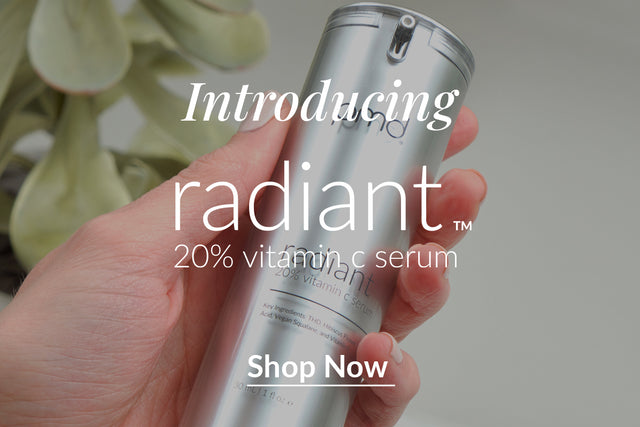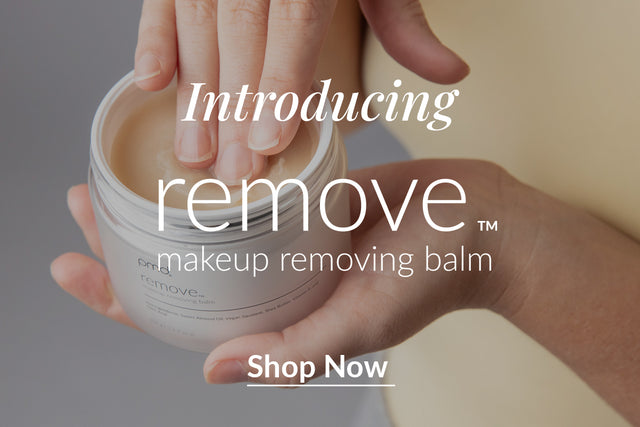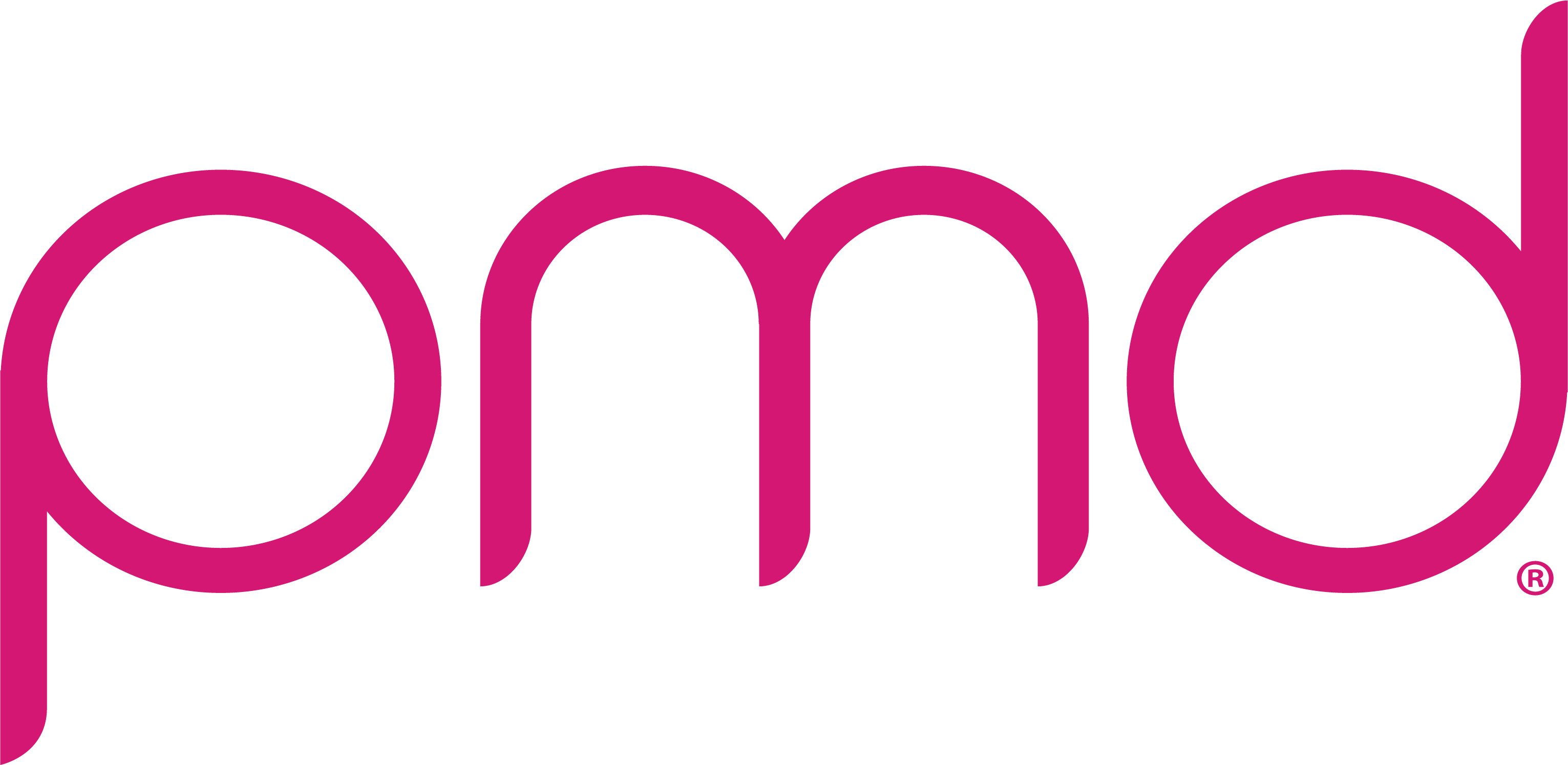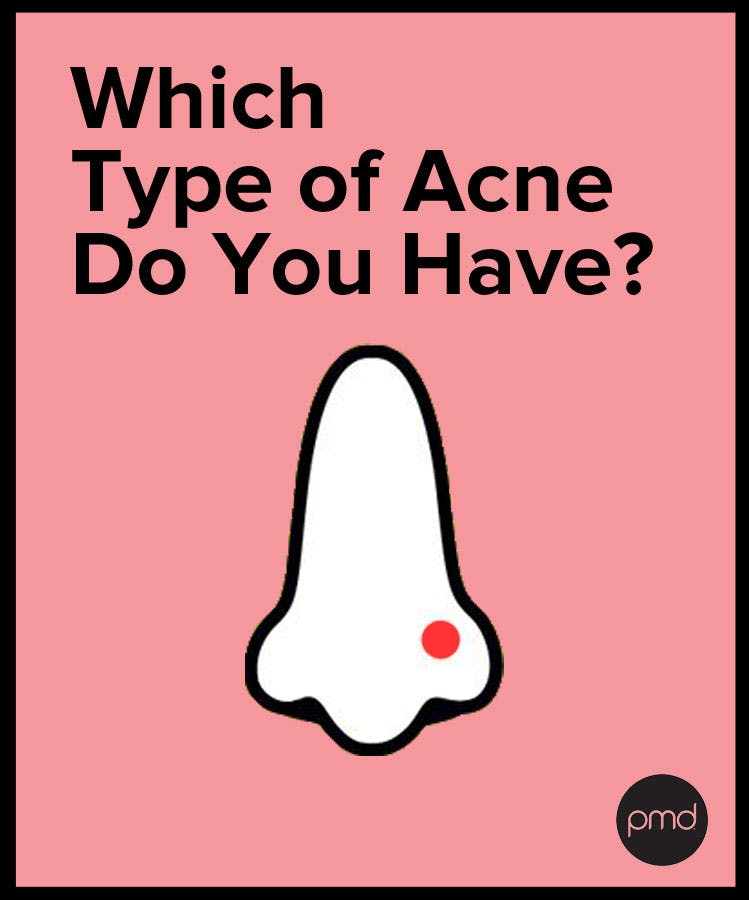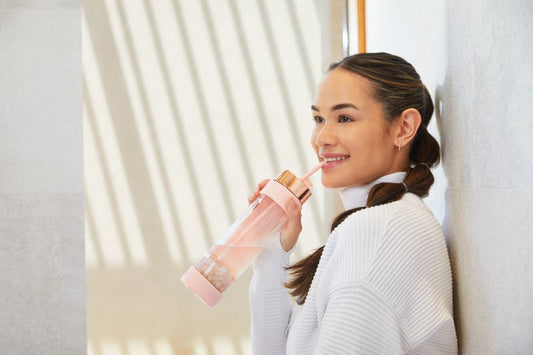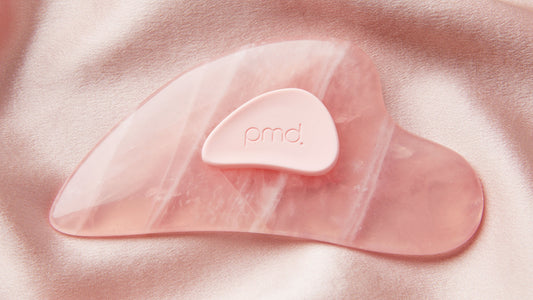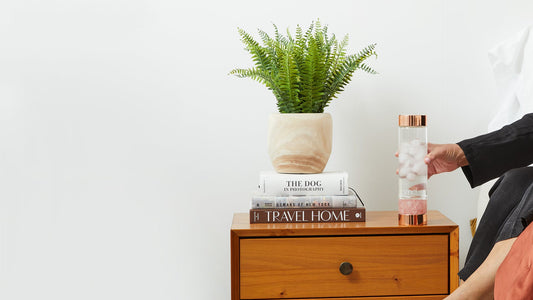We’ve all had issues with acne at one time or another. We’ve all learned about different tips of how to treat acne. Needless to say, there’s a lot of information out there about acne. Believe it or not, there are different types of acne and they should be treated differently. Here are the 5 Types of Acne and some quick tips on how to treat each of them.
1. Blackheads

Blackheads are pores clogged by oil that is oxidized by the air, making them look black. It’s a myth that it is dirt or grime in your pores. It’s simply oxidized oil.
Treatments
Use retinols, deep pore-cleansing facials, and regular exfoliation or microdermabrasion.
2. Whiteheads

Whiteheads are blocked pores that close up and appear as white or clear bumps on the skin. Whiteheads have no infection and usually aren’t sore.
Treatments
Deep pore-cleansing facials, and regular exfoliation or microdermabrasion. Avoid using the typical drying treatments. They can make your dead skin cells build up and make it worse.
3. Papules

Papules are the next step up from whiteheads. Your pores get so irritated that the walls break. Papules are typically red, painful and hard and, with many of them close to each other, can feel like sandpaper.
Treatments
The goal here is to reduce inflammation and not dry out. Cortisone creams are good. Products with ingredients like kaolin clay, green tea, or white tea are great.
4. Pustules

Pustules are like papules except they fill up with a yellowish pus and look like blisters. These are known as your traditional zits.
Treatments
You need to carefully extract the infected pus and then immediately dry it out with spot treatments. Spot treatments with anti-bacterial ingredients are best.
5. Nodules / Cysts

Nodules / Cysts are blocked pores that get even more irritated and they are much bigger and deeper into the skin. Nodules are typically hard and painful. Cysts can have pus in them and can be a little softer.
Treatments
Don’t pick nodules or cysts! They are not meant to come out through the surface of the skin. Use ice to reduce swelling. There are some topical treatments that target nodules or cysts. A quick treatment would be to visit your dermatologist and get a cortisone injection into the cyst, which can knock them out in a day or two.
Conclusion
As you can see, acne stems from clogged pores. One of the best ways to keep your pores clear and clean is to exfoliate to remove dead skin cells. With the dead skin cells removed, your other skin products will work much better and help prevent future break outs. Not to mention, exfoliation and microdermabrasion can help improve blemishes and acne scars as well.
*Photos courtesy of American Academy of Dermatology
